About This Orbit: Essie Marie Dorsey
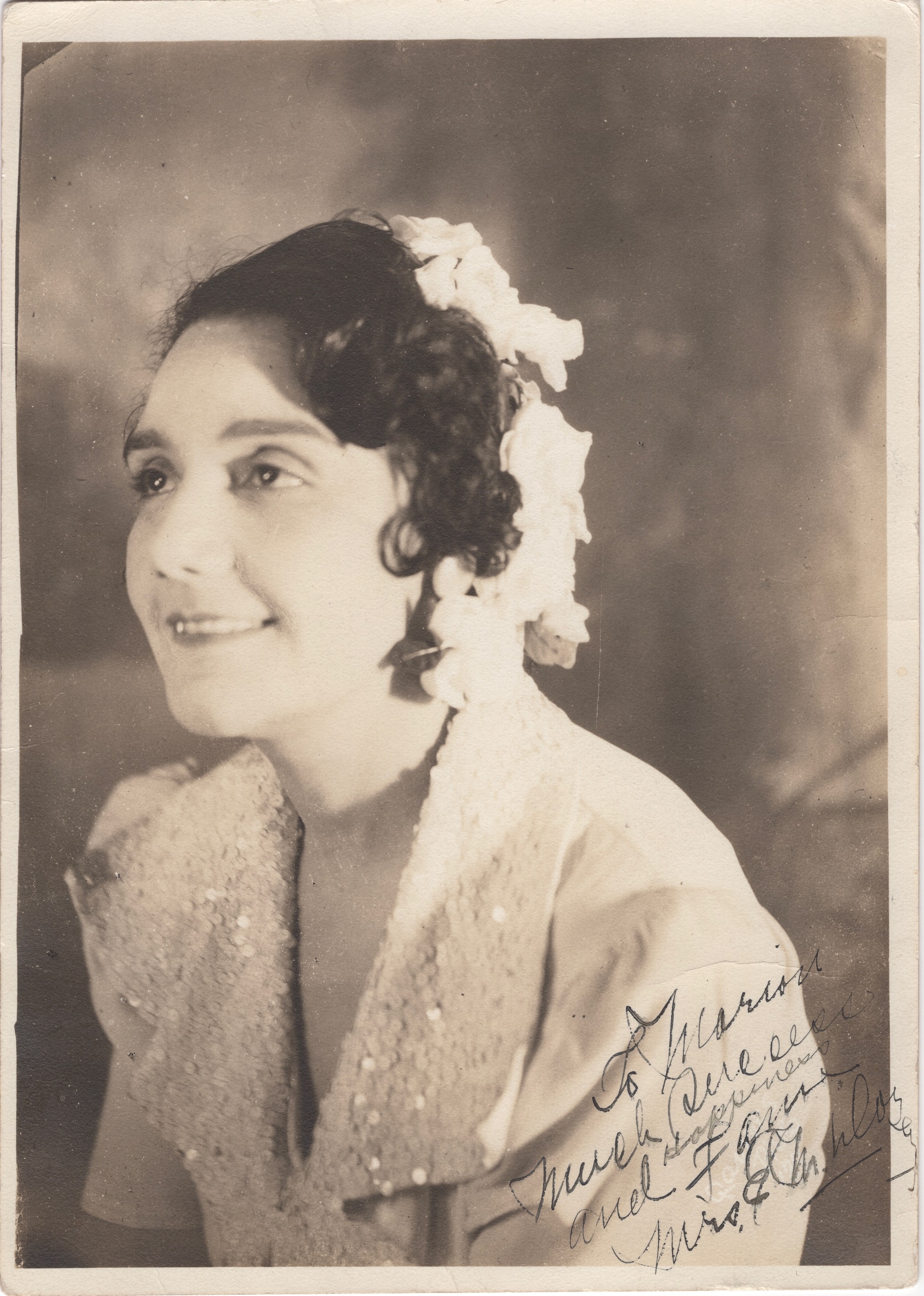
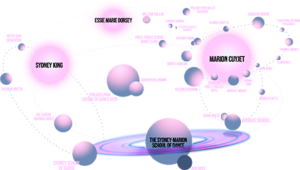
Though from Goldsboro, North Carolina, Essie Marie Dorsey (1893-1967) grew up in New York. Dorsey was a “fair-skinned Negro who often passed as white or Latina to circumvent racial boundaries.”
It was because of this that Dorsey was able to train with Ted Shawn and Ruth St. Denis at the Billy Pierce Studio.
She took private ballet classes with Mikhail Fokine and William Dollar and studied Spanish dance with Angel Cansino. She truly desired a career in ballet, though it was not to be. She eventually performed with Mikhail Mordkin’s first American-based company in the mid-1920s, though she was never considered a full company member nor did she perform in the ballet works.
Essie Marie Dorsey School
Essie Marie Dorsey opened her first studio in her Philadelphia home in 1926. She moved her school to Broad Street, a major street in Philadelphia, some time later. Dorsey offered classes in ballet, tap, ballroom dance, and acrobatics. She taught ballet and hired Thomas Cannon, of the Littlefield Ballet Company and Philadelphia Academy, to co-teach. Although Negroes were not allowed to take classes at white schools, there were some white teachers like Cannon who were willing to teach at Negro schools or privately. This segregation, combined with the lack of performance opportunities, contributed to the invisibility of Black ballet dancers of this era, giving rise to the misconception that Blacks were not active in the world of ballet. The reality was that they were essentially forced to train in the shadows.
Among Dorsey’s successful students are Sydney King, Marion Cuyjet, John Hines, and Joan Myers Brown.
Sources:
Sydney King and Marion Cuyjet, MoBBallet
1926: Essie Marie Dorsey founds the Essie Marie Dorsey School of Dancing (Philadelphia, PA)
Sydney King
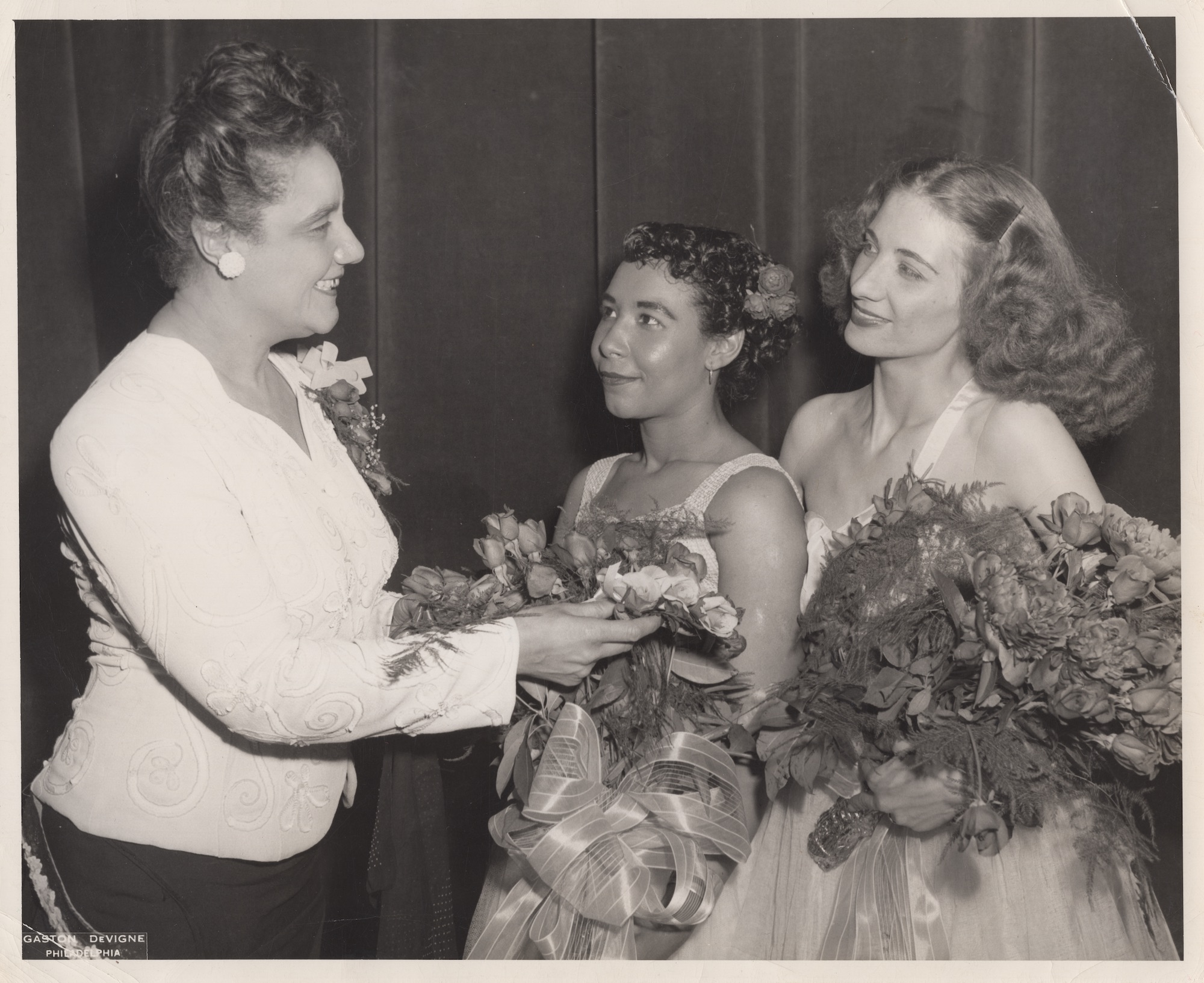
Sydney King immigrated to Philadelphia from Jamaica with her family. At age seven she was a member of the inaugural class at the Essie Marie School of Dance, where, even at that tender age, she took classes every day. King excelled at ballet and would advance to become the lead ballerina of the school. But being Negro and too brown to pass for white, there was no higher level to which she could ascend.
Source:
Sydney King and Marion Cuyjet, MoBBallet
Marion Cuyjet
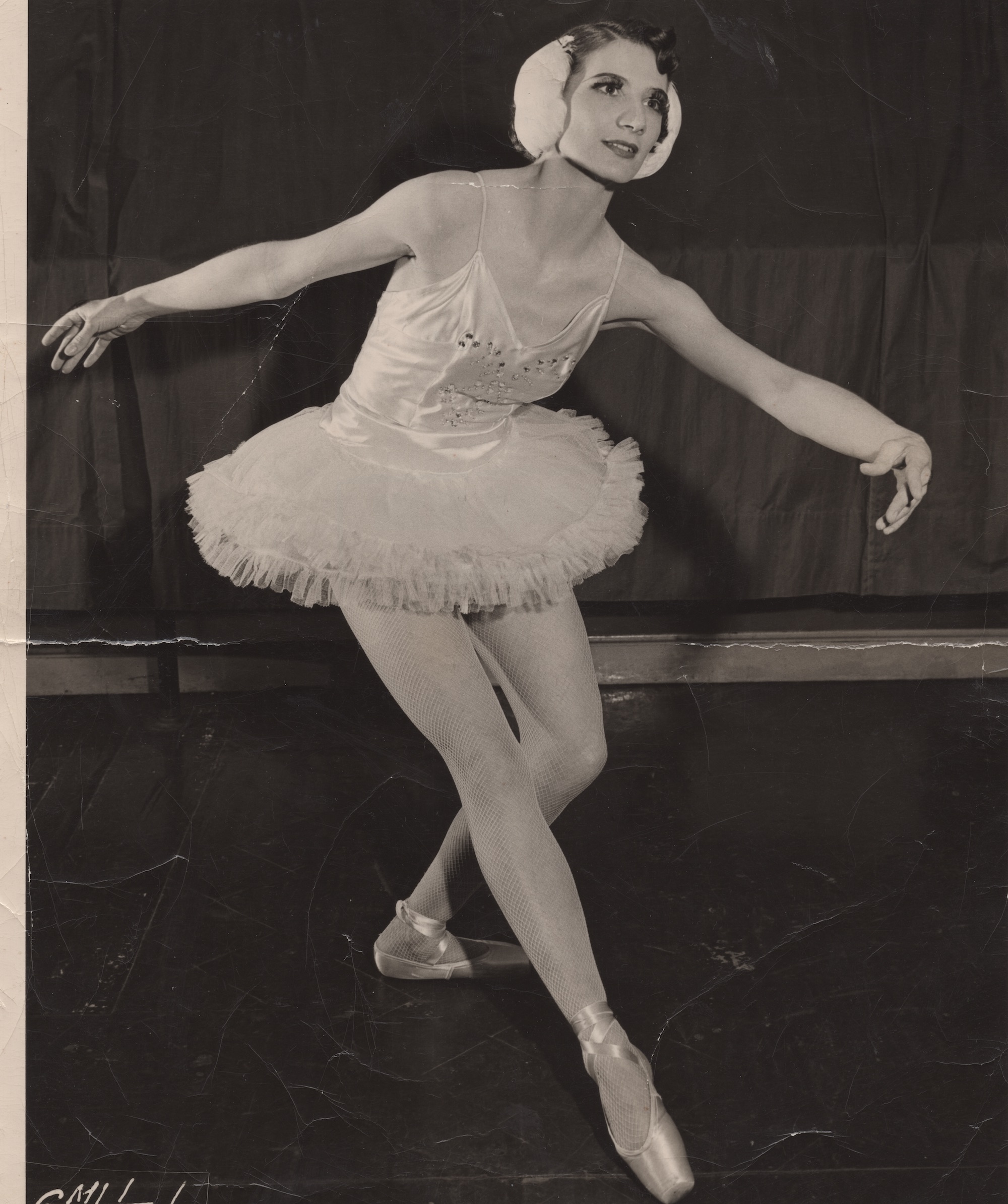
Marion Cuyjet started her training with Essie Marie Dorsey in 1933 at age 13. Since Cuyjet was a green-eyed redhead, it was possible for Dorsey to send her off to train at the Philadelphia Ballet Academy. Passing was tricky business, a solitary existence. One had to avoid getting too close to anyone and withhold information like where you resided, which might give one’s true identity away. Dorsey taught Cuyjet the ropes in order to get her access to better training, just as Dorsey had done herself as a teen.
When it came time for Sydney King and Cuyjet to form their school, Dorsey had closed her own and supported the young women in this endeavor. She offered her space and contacts to her young protégées.
Source:
Sydney King and Marion Cuyjet, MoBBallet
William Dollar

American choreographer and dancer William Dollar was well acquainted with Essie Marie Dorsey. When Dollar fell into hard times, Dorsey invited him to stay with her and her husband. Out of gratitude, he repaid her by giving her private ballet classes every morning. This illustrates how complex racial relations were at the time. Clearly when Dollar stayed with Dorsey, he was aware of her race. They were friends. He could live with her and train her (privately), yet out in the world, he could not allow her—a Negro woman—in his regular classes.
This connection must have set the groundwork for a relationship between Dollar and Dorsey’s student Marion Cuyjet, who, when she opened the Judimar School, asked Dollar to teach (White-Dixon 26).
Sources:
Sydney King and Marion Cuyjet, MoBBallet
White-Dixon, Melanye. “The Legacy of Black Philadelphia’s Dance Institutions and the Educators Who Built the Tradition.” Dance Research Journal, vol. 23, no. 1, 1991, pp. 25–30. JSTOR, www.jstor.org/stable/1478695. Accessed 27 May 2021.
Thomas Cannon
Thomas Cannon, of the Littlefield Ballet and Philadelphia Ballet, was one of the white ballet teachers of Philadelphia “willing to teach at Negro schools or privately.” As both were students of Mikhail Mordkin, Essie Marie Dorsey and Cannon may have become acquainted through their teacher. Dorsey enlisted Cannon to work with her best students and to give her private lessons, eventually becoming close friends. Dorsey sent one of her stand-out students, Marion Cuyjet, to the Littlefield School, where Cannon was also an instructor. When Cuyjet was unfortunately asked to leave the school, Dorsey provided the funding for Cuyjet’s private lessons with Cannon.
Cannon taught a “special class at his studio for black dancers” from about 1944 to 1948 (Gottschild 45). Though Cannon reportedly only allowed light-skinned Black students take class at his own school, as Brenda Dixon Gottschild (author of Joan Myers Brown & the Audacious Hope of the Black Ballerina) notes, “The fact that Cannon opened his classes to black students at all must be considered progress in this pernicious system. Cannon—and Antony Tudor before him—were among the first to break this barrier in Philadelphia” (45).
Sources:
Ballet, The Encyclopedia of Greater Philadelphia
Sydney King and Marion Cuyjet, MoBBallet
Gottschild, Brenda Dixon. Joan Myers Brown & the Audacious Hope of the Black Ballerina: A Biohistory of American Performance. United Kingdom, Palgrave Macmillan, 2012.
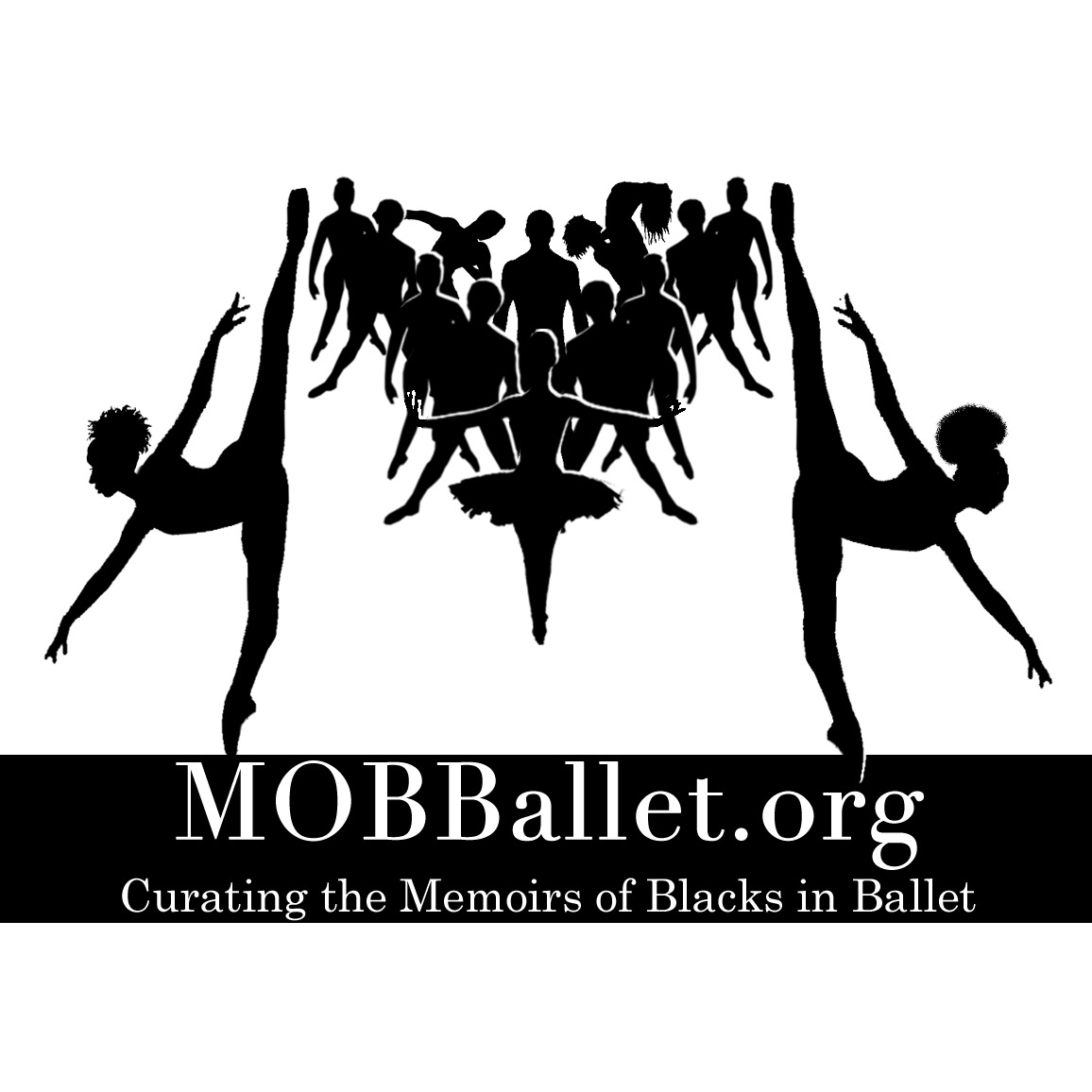
Written and/or compiled by Mad Crawford


